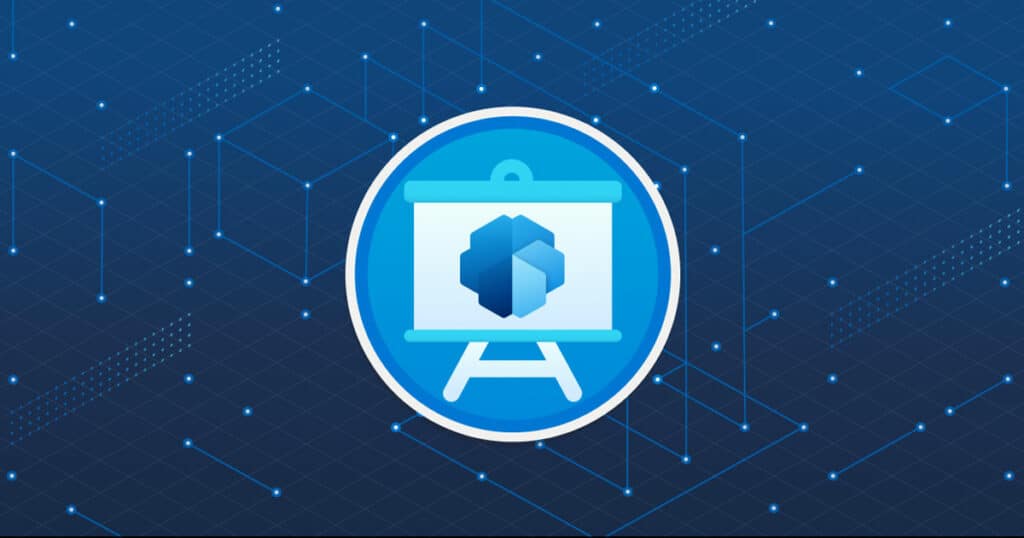In today’s fast-paced, data-driven world, organizations are constantly seeking innovative solutions to improve efficiency, enhance decision-making, and gain a competitive edge. Artificial Intelligence (AI) is at the forefront of this digital transformation, and Microsoft AI Builder has emerged as a powerful tool to democratize AI for businesses of all sizes. In this blog, we will explore what AI Builder is and delve into some common use cases where it is making a significant impact.
What is Microsoft AI Builder?
Microsoft AI Builder is a low-code AI development platform that is part of Microsoft Power Platform. It is designed to enable individuals, even those with no prior AI expertise, to build and deploy AI models in a user-friendly environment. It empowers users to leverage the power of AI and machine learning to automate processes, gain insights from data, and create intelligent applications without writing complex code.
AI Builder provides a suite of pre-built AI models that can be tailored to specific business needs, making AI accessible to a broader audience within organizations. Here are some key components of AI Builder:
- Model Types: AI Builder offers various types of AI models, including forms processing, prediction models, object detection, and text classification, among others. These models are ready-made, so users can focus on customization rather than starting from scratch.
- Integration: AI Builder seamlessly integrates with other Microsoft Power Platform tools, such as Power Apps and Power Automate, allowing you to incorporate AI capabilities into your existing applications and workflows.
- User-Friendly Interface: The platform provides a visual, low-code interface that enables users to create and manage AI models with ease. It doesn’t require deep technical expertise, making AI development accessible to business users.
- Customization: Users can tailor the pre-built models to their specific business requirements. AI Builder allows for the training and fine-tuning of models to ensure they deliver accurate results.
Now that we understand the basics of AI Builder, let’s explore some of the common use cases where this tool is proving to be transformative.
Common Use Cases of Microsoft AI Builder
- Automated Data Entry: One of the most prevalent use cases for AI Builder is automating data entry tasks. By using the forms processing model, businesses can extract information from various types of documents, such as invoices, receipts, and forms, and enter the data directly into their systems. This reduces manual data entry, minimizes errors, and accelerates processes.
- Predictive Maintenance: In industries like manufacturing and utilities, AI Builder can predict when equipment or machinery is likely to fail. By analyzing historical data, it can identify patterns that indicate potential issues, allowing organizations to perform preventive maintenance, reduce downtime, and save on repair costs.
- Customer Sentiment Analysis: Understanding customer sentiment is vital for businesses. AI Builder’s text classification model can be used to analyze customer reviews, social media comments, and surveys, providing insights into how customers perceive products or services. This information helps in making informed decisions and improving customer satisfaction.
- Inventory Management: Retailers and e-commerce businesses use AI Builder to optimize inventory management. By analyzing historical sales data, it can predict demand, helping companies ensure they have the right products in stock while minimizing overstock and understock situations.
- Object Detection in Images: Industries such as healthcare and agriculture utilize AI Builder for object detection. It can identify anomalies in medical images or detect and classify objects in aerial photographs, enhancing diagnostics and resource management.
- HR and Talent Acquisition: HR departments leverage AI Builder for tasks like resume screening. It can automatically extract relevant information from resumes and match candidates to job requirements, streamlining the hiring process.
- Expense Report Processing: AI Builder can process expense reports, extracting data from receipts and invoices to generate accurate expense reports. This automation reduces administrative overhead and ensures compliance with company policies.
- Language Translation: AI Builder includes a language translation model that can be used to translate text from one language to another. This is valuable for global organizations dealing with multilingual content.
In conclusion, Microsoft AI Builder is revolutionizing how businesses approach artificial intelligence. It empowers organizations to harness the power of AI in a user-friendly, accessible way, enabling them to automate tasks, gain insights from data, and improve decision-making. The common use cases mentioned here are just a glimpse of its potential, and as AI Builder continues to evolve, it is expected to find applications in even more aspects of business and industry.
In a world where data is king, AI Builder is the key that unlocks the door to data-driven success for businesses of all sizes. As organizations continue to explore the capabilities of AI Builder, we can expect to see even more creative and impactful use cases in the near future.
Contact us today to start your AI journey




